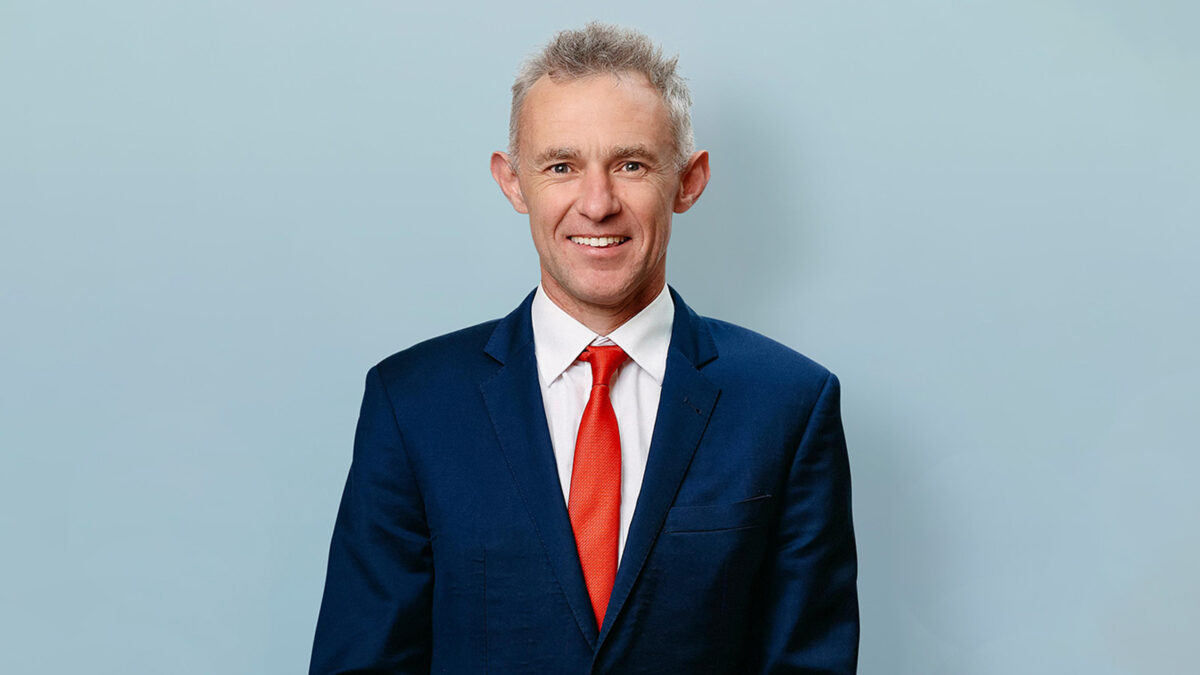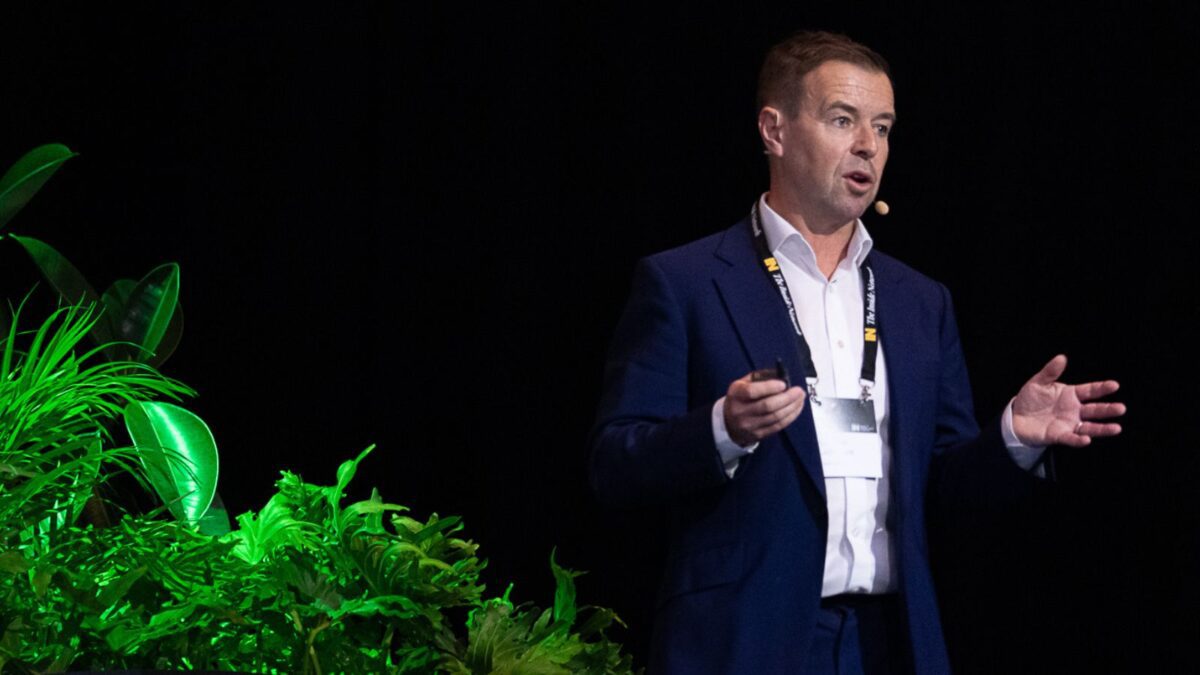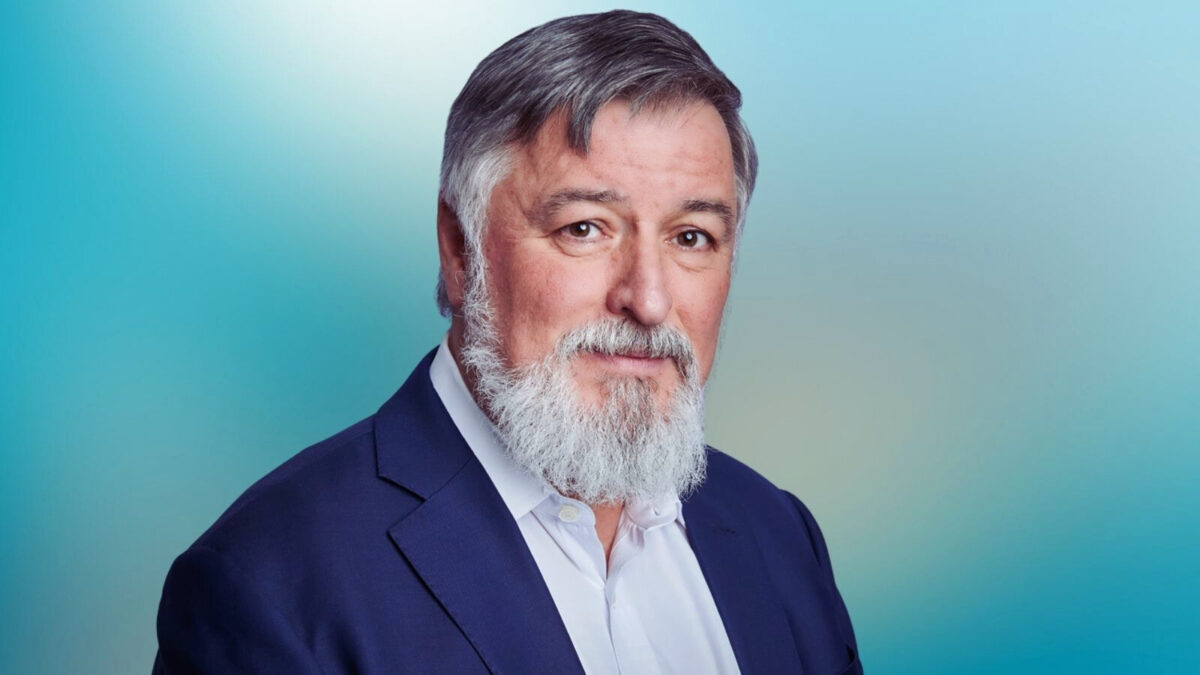Offshore offices might get super funds “closer to the action”, but they can come at a literal cost – and not every fund is prepared to pay it.
The Alternative Future Foundation has begun investing its financial reserves with a who’s-who of Australian alternatives managers as it looks to boost returns for the charities it supports.
The $85 billion industry fund has tipped more money into a real estate debt fund from Metrics Credit Partners as it looks to diversify its private markets exposures.
What matters more than big returns is making sure the right people are getting them. For members in Aware’s lifecycle default, the numbers are “phenomenal”.
In the topsy turvy world of Your Future, Your Super being down 20 per cent is only a bad thing if the benchmark is 50 bips better, and defensive positioning in a weird market isn’t rewarded.
Super funds love to crow about their performance, but the headlines about ART’s double-digit return obscure what will be a massive shift for its millions-strong member base.
Rising geopolitical tensions mean that diversification’s ‘free lunch’ must come from a new menu if investors want to prosper in a brave new world, the Future Fund says.
The private markets have surged in popularity as investors hunt for a potent combination of yield and downside protection. But in a big selloff, the strategy that will do best is one that’s genuinely uncorrelated.
A number of small super funds are up in arms about new proposed increase to APRA’s supervision levies, which would see a $7 billion fund pay the same amount as one managing $355 billion.
Since Russia’s invasion of Ukraine, investment managers have been bedeviled by the question of how much attention they should pay to geopolitics. Part of the answer can be found in parking lots.















